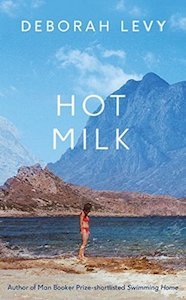
11. Hot Milk by Deborah Levy (Bloomsbury, 2016)
This was a book I appreciated more and more after I finished it. I think I resented the tidiness of the ending when I finished it (as I did with the other Levy novel I read, now that I think of it), but setting that aside, the atmosphere was established so vividly via the setting (a young woman and her hypochondriac mother seeking a cure from an eccentric doctor on the Spanish coast) and the young narrator’s perspective (a moment of transition, when everything is a question for her – her relationship with her family, her sexuality, her future). The novel is a collage of elements and tricks, unclassifiable, in a way. I was thrown by the surrealist touches, but they were also quite funny (the eccentric doctor and his clinic, for example), and I appreciate better in retrospect.

12. Troubling Love by Elena Ferrante, trans. Ann Goldstein (Europa Editions, 2006, original 1992)
Ferrante’s first novel. Claustrophobic and disturbing, a slim volume. The themes of the sex and violence coursing through Naples, motherhood, the abuse of women are here in a more dream-like, turgid form than in her later work.
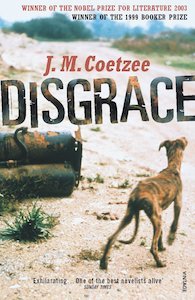
13. Disgrace by J.M. Coetzee (Penguin, 1999)
I still don’t know what to make of this novel. It’s absolutely bleak, a difficult read. And unexpectedly, a convincing plea against animal cruelty. It calls on the reader to ask ethical questions and come to their own moral conclusions or judgments of the protagonist, because the author never does. I’d like to talk to someone about it.
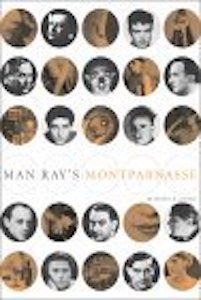
14. Man Ray’s Montparnasse by Herbert R. Lottman (Harry N. Abrams, 2001)
I was surprised to see this was published as recently as 2001. The writing style and approach feels a bit older. I would have guessed an original publication date in the 1960s (how he wrote about the women in the scene, for example, or his delicacy around more personal details). This is neither an academic book or a full biography of Man Ray, but only covers his Montparnasse years, around 1920-1941, when WWII drove foreigners out. In this account, Man Ray is depicted as a workhouse, a Brooklyn guy always working as a commercial photographer to support his art, and a natural monogamist, with fascinating women. While interested in the ideas and play of the Dadaists and Surrealists, he opted to stay out of the often petty internal fighting. A fascinating life, as he took everyone’s portrait at some point.
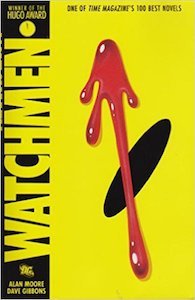
15. Watchmen, written by by Alan Moore, art by Dave Higgins (DC Comics, 1987)
I’m still behind the graphic novel canon, but at least I’ve read this essential volume. It holds up in our time – dark, apocalyptic, disillusioned in tone. The scenes of Doctor Manhattan on other planets, fed up with humanity, were my favorite. I also loved the integration of other sorts of writing – letters, news articles, old comics – as a way of giving information. The art is fantastic – detailed, masterful – it goes without saying.
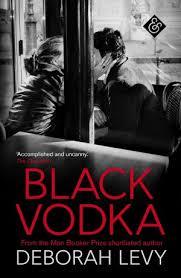
16. Black Vodka by Deborah Levy (And Other Stories, 2012)
I like that seduction was a current through these stories. The way that another person’s “otherness” seduces, whether they are from another culture, speak another language or are entirely “other” in their way of being. Sometimes what’s inscrutable is also what spells out the end of the relationship.Levy, as a British writer, is certainly seduced by Europe. So much of her writing is set on “the continent,” perceived through British eyes.
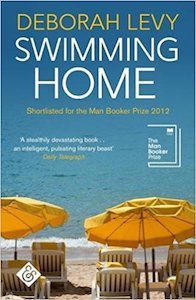
17. Swimming Home by Deborah Levy (And Other Stories, 2012)
In my year of Deborah Levy, this is probably my least favorite of the four books I read. The set-up was a bit too contrived (two English families summering in southern France are upended by the appearance of a young woman who shows up naked in the villa pool one day), the secondary characters too secondary, and the ending bit too easy. I know the aim in tone was for one of disjunction, an “off” feeling (in the dialogue, the uneven pacing), but this didn’t quite work for me, either. I do like how Levy explores sexual dynamics throughout her work, in particular from young women’s perspectives, and these were the parts that grabbed me in this novel; a scene, for example, of the deranged young woman viewed by the teenage daughter in the family.

18. The War of Art by Steven Pressfield (Black Irish Entertainment, 2002)
The only self-help category I read is “creativity” – I’ll admit it! This book is a good pep talk. I’m keeping it around for future consultation. My biggest takeaway was importing the “lunchpail mentality” you have towards paid work (go in even if it’s raining, even if you’re tired) to your own endeavors. Don’t bail out on yourself.
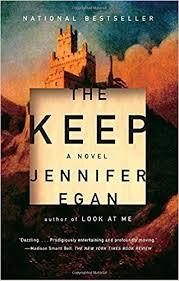
19. The Keep – Jennifer Egan (Anchor, 2006)
This was a fun contemporary take on the gothic novel, also a really clever frame narrative (I won’t describe to avoid spoilers). Egan inhabits male narrators really effectively – it’s a question always on my mind when reading (if a man is writing as a woman, and vice versa), and I stopped thinking about it in this book.
